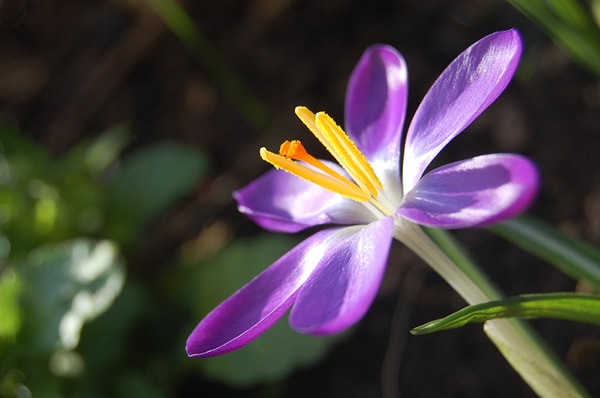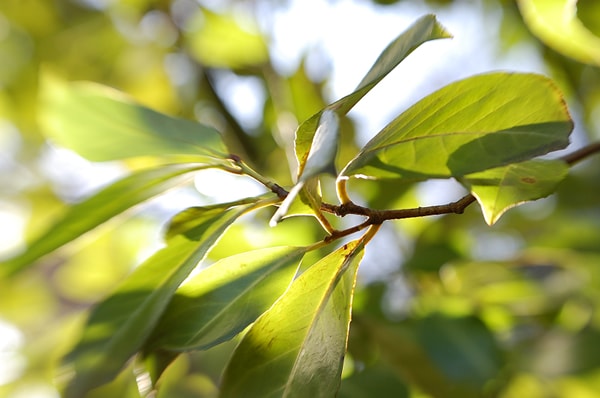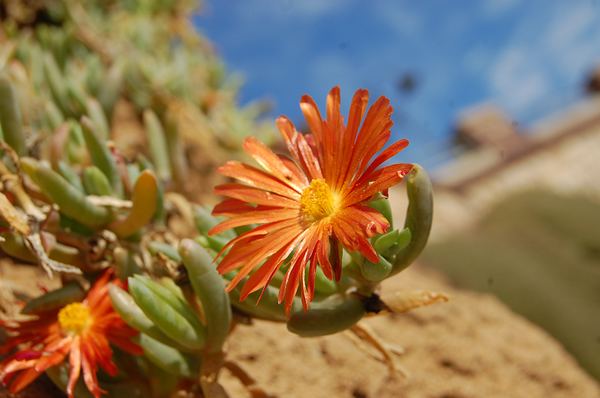5 Ways To Improve Your Photography – Without Photoshop
What’s one thing all great stories have in common? Great stories are interesting, right? With photography it’s no different. The best photos are the ones that grab your attention and hold your interest for awhile. Some even make you wonder. You can’t help but ask “What happens next?”
We’ve all seen those amazing photos while browsing online, or in magazines and art galleries. The fascination that those photos produce is no coincidence: they all share that special attraction that captivates us, like a good story.
Today we discuss five simple things you can do to capture some fascinating photos – no post processing required!
1. The Right Perspective

It’s the most important part of photography; the person behind the camera. Photography is more than just a record, it’s a story – and you are the author. Your perspective has a big impact on your photos. How you view the subject will show through into your photos. A fresh new perspective can help add life and inspiration to your photography. Shooting the same things eventually becomes boring, and results in uninspired photos.
Remember, great photographs aren’t taken, they are made. Keep inspired by trying new styles of photography, and going new places to shoot. Setting goals can also help keep you on track.
2. Envision

If you don’t know what your picture is saying, your audience definitely won’t.
Plan first then create. Envision what you want in the photograph. The best photographs are always the ones that tell a story, one with meaning. Don’t take photos just for the sake of taking photos; try taking pictures purposefully.
Great photographs are often planned ahead of time. Like a beautiful sunset photo, finding a location with plenty of great background, as well as foreground will usually turn out much better than a sunset photo that was randomly snapped outside the front door.
One technique is to go outside and sit for about ten minutes. Don’t take any photos during this time, just observe things. Your mind will become active and start thinking up things you can photograph, but wait until the ten minutes are up. Then go take your photos. This forces your mind to think creatively, and is a good way to come up with some creative, well planned shots. What are you trying to show with your pictures? It helps to slow down and take the time to plan.
3. Know Your Gear

Buying new gear is great. I always get excited over the prospect of a new lens! Often though, you can improve your photography just by learning more about the gear you already have. Most people don’t outgrow their kit lens for at least the first year. A simple purchase of a reflector or just learning how to manipulate the settings a bit better can often improve your photography more than buying a new expensive lens will. One way to instantly improve your photography is to learn something new about your camera. Many times, you aren’t limited by gear, only by your understanding of it.
4. Master Your Settings

Getting to know your camera may seem basic, but even longtime photographers don’t know everything there is to know about their cameras. Learning about your camera is quite an endeavor, but it’s one that really pays off. Learning about something just by reading about it can be a bit boring sometimes.
I find it helps to set a photography goal, such as learning a new technique. It’s much easier to learn settings and rules when they apply to a technique. This gives me motivation to stick with it, and really learn the concept. It also helps to practice what you learn; practicing cements the knowledge in your mind. Don’t be afraid to step out and try something new. After all, learning is all part of the fun and what better way to learn than to practice something new?
5. Great Lighting

Great lighting is one of the most important aspects of photography. It often makes the difference between a stunning photo and an average one. With some photography, such as landscapes, often the lighting is even more important than the subject itself.
The golden hours for photos are in the early evening or early morning, when natural light is soft and abundant. Many photographers try to schedule their photoshoots around this time as photographs taken in this light often turn out stunning; perfectly lit with beautiful golden hues.
While natural lighting is best, it’s good to learn how to make the most of available light – even in less than optimal conditions. You won’t always be shooting in ideal lighting conditions. Outdoor portraits, weddings, and those scenic shots where the weather is unpredictable, all present unique lighting challenges.
Making the most of artificial lighting is important. External flashes or strobes are helpful, and reflectors can go a long way towards making the subject stand out from the background. Learning to read the histogram can also be helpful for determining if your photo is over or underexposed in tricky lighting conditions.
Conclusion
While post processing is a valuable part of most photography, learning to judge a photo through the viewfinder, is often better than relying on Photoshop. Paying careful attention to the composition while you are photographing not only saves you editing time, it also greatly improves the overall composition. Your photographs will be real. The end result will be strong and refined photography, images that are both meaningful and captivating.
